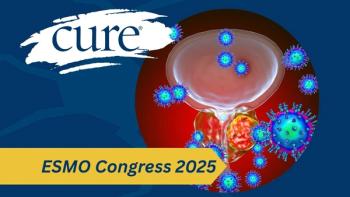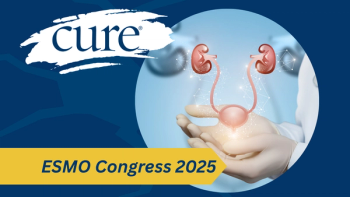
Grief Advocate Explains the Difference Between Forced Joy and Toxic Positivity
After a cancer diagnosis, toxic positivity can be unhelpful, though forced joy may bring light to a difficult situation, a survivor and advocate said.
In the aftermath of a cancer diagnosis, there is a difference between toxic positive and forced joy, explained Dana Frost.
“For me, toxic positivity is [people saying], ‘You're going to beat this.’ … It's not making space for the reality,” Frost said in an interview with CURE®.
Frost is a Hodgkin lymphoma survivor herself and a grief advocate through her organization, the Forced Joy Project, which was founded after her late husband, Bradford Frost, was diagnosed with stage 4 renal cell carcinoma.
The Forced Joy Project was started “in a moment of desperation,” according to its website, with the goal of finding small moments of joy during difficult times. The organization offers grief and loss resources, as well as a community of other individuals who are going through grief.
Forced joy, however, is different from toxic positivity, Frost explained, as it still holds space for reality and feelings of sadness, fear and grief.
Transcript:
For me, toxic positivity is [people saying], “You're going to beat this.” … It's not making space for the reality.
I think when you're diagnosed with cancer, when everyone around you is telling you, “You’re going to be different and you're going to beat it,” even if you are, it's not helpful. It kind of pushes out any sort of conversation about maybe what you're actually feeling, which is fear, which is sadness, which is grief.
So I think, for us, joy is different. We're acknowledging all of that — it's not just being like, “You can do it and everything's going to be fine.” It's this is really hard and how do we acknowledge some of the more positive things alongside of the negative.
For more news on cancer updates, research and education, don’t forget to





